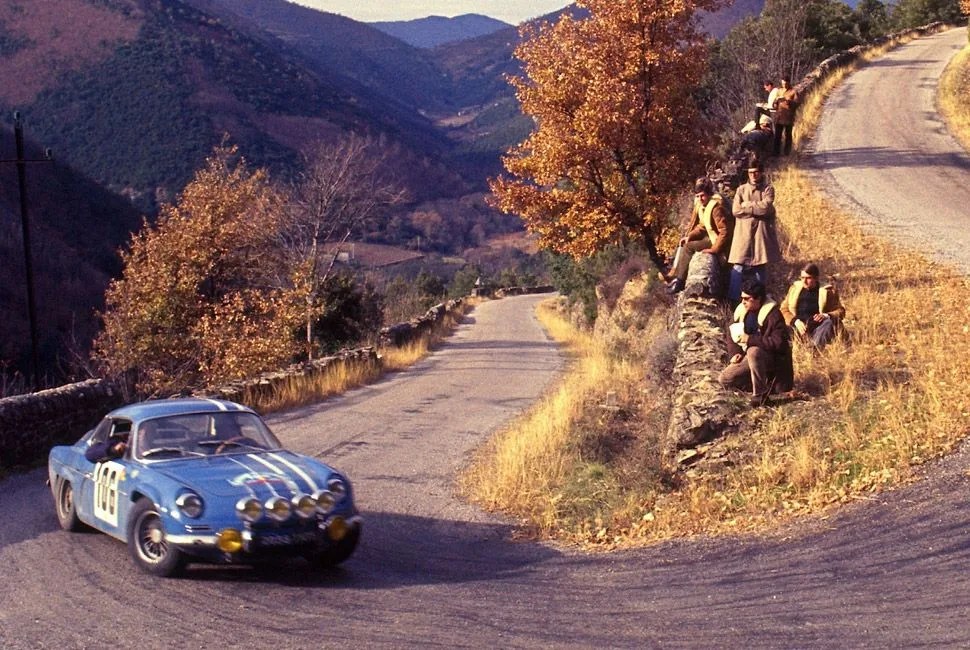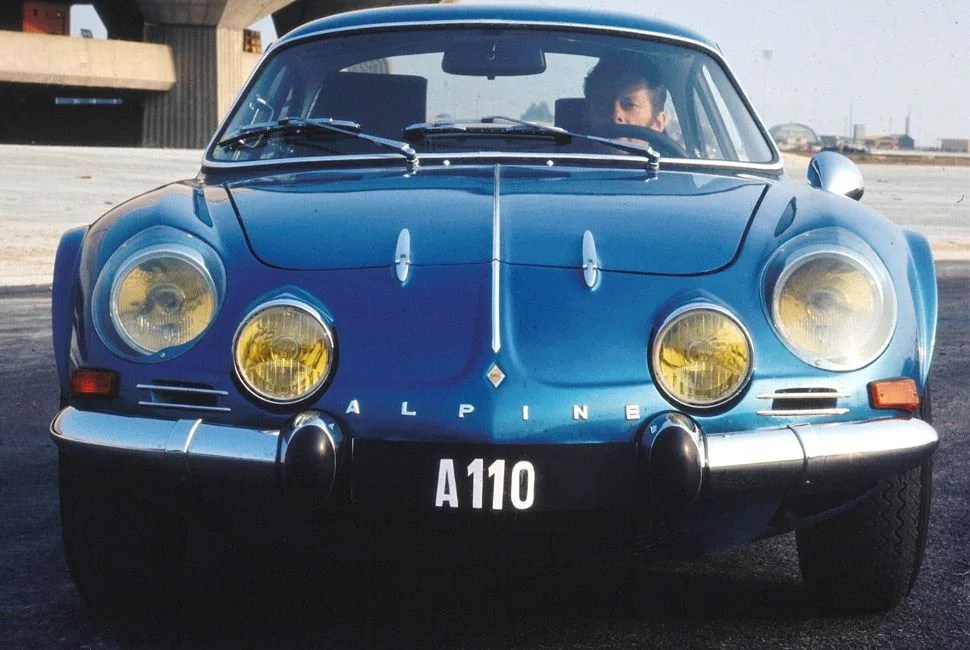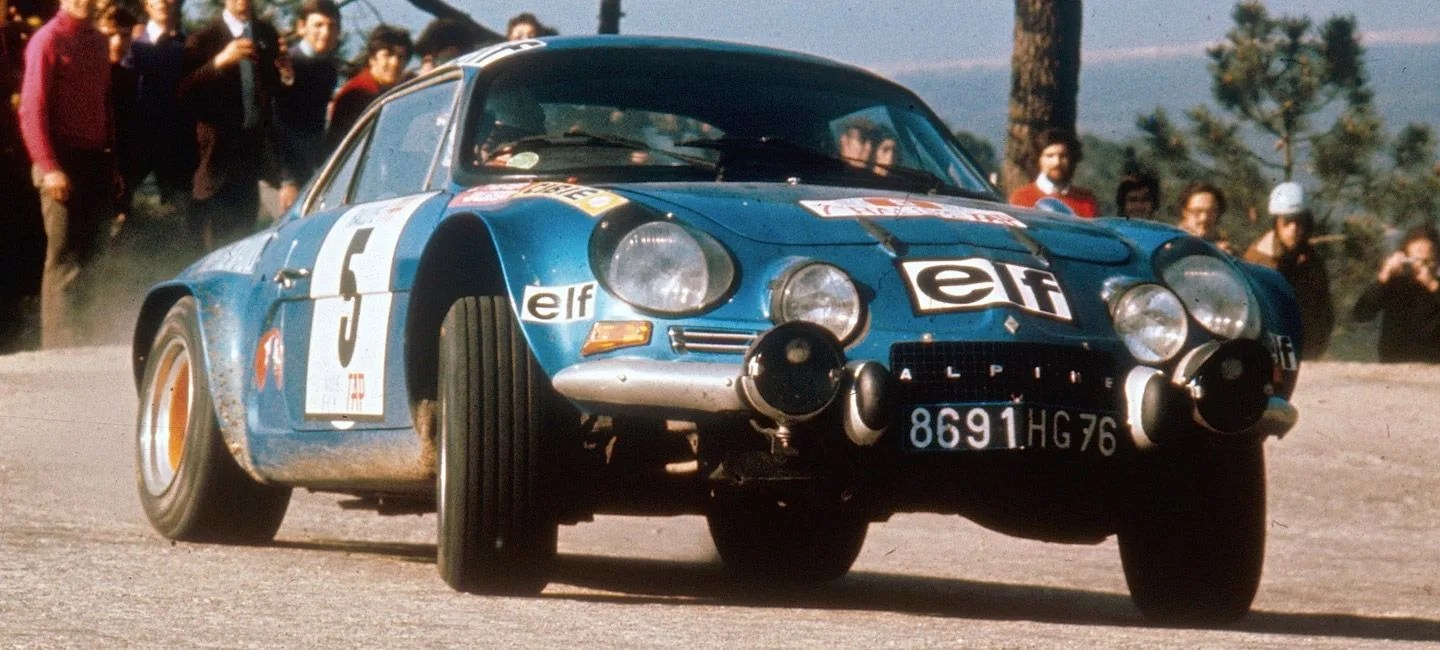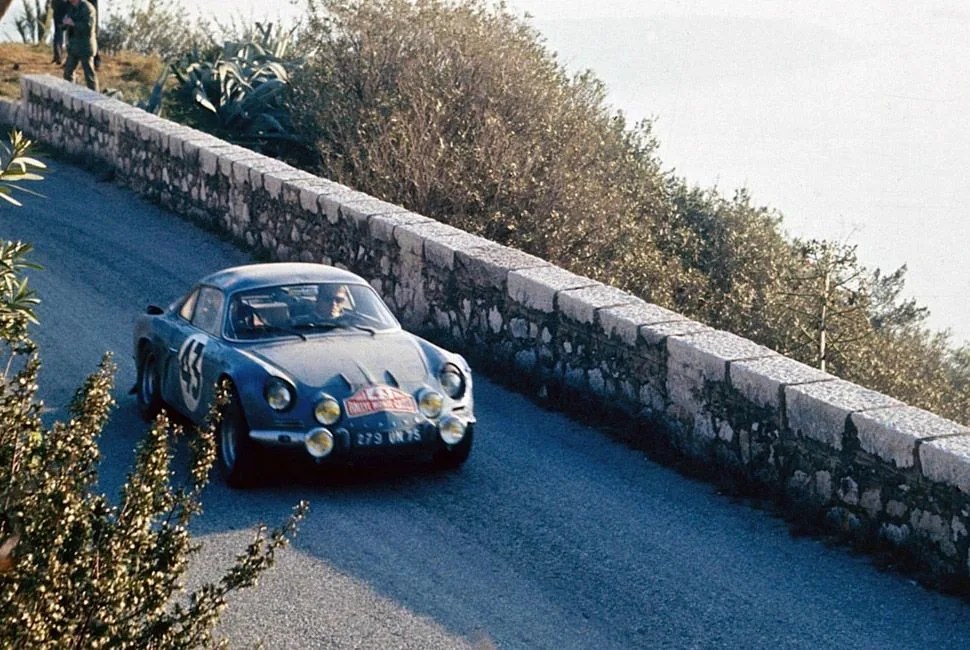When Americans think of Renault, they either remember the bargain, late-’70s, French econobox known as Le Car (or Renault 5 in Europe), or they draw a complete blank. The States, unfortunately, have never had the benefit of experiencing Renault’s more exciting offerings, like the Megane and the Clio, and we’ve also never had the privilege of driving the high-performance Alpine A110 rally car — a car with the humblest of beginnings that rose to become an icon.

What It’s All About
The Alpine series of French race cars were initiated by the youngest Renault dealer in France, Jean Rédélé. He spent his time modifying Renault 4CVs for racing in the French Alps and found the kind of success that warranted attention from his employers. When he created his first Alpine, the A106, and showed it to the executives at Renault, they gave the car their full support. The A106 was followed by the more powerful A108, which used the better Renault Dauphine as its platform (rather than the 4CV). Like the A106, Renault re-skinned the A108 with a sportier and sleeker body with a fiberglass rear. Then, cash ran thin and Renault needed a backer, which thankfully came in the form of American company Willys-Overland Motors.
Willys took the capable A108 and sold it as the Willys Interlagos between 1962 and 1966. The car raised much needed money for Renault, which then successfully launched their new R8 sedan. The R8 was a family car with 66 horsepower, an air-cooled rear-mounted engine and disc brakes at all four corners. The boxy, almost ugly R8 would become the basis for the stunning and slick Alpine A110. The transition from the already handsome A108’s design was made more dramatic with new body work — bigger fenders for the upsized wheels, twin rounded fog lamps set deep into the fascia, and a more powerful rear tail section consisting of new horizontal taillights, new air intakes on the flanks of the trailing edge and a wider stance to accommodate for the bigger engine. Though the aesthetics helped, these changes were primarily meant to send the A110 to the races.
Thanks to its peerless handling and its impressive traction and speed, the A110 quickly became a winner. It took French rally races in the late ’60s and then in the 1970–1972 seasons it took numerous wins in the Championship for Manufacturers. One of its most significant wins was the 1971 Monte Carlo Rally. In 1973, the A110 entered in the World Rally Championship and became the world’s first SRC champion.


